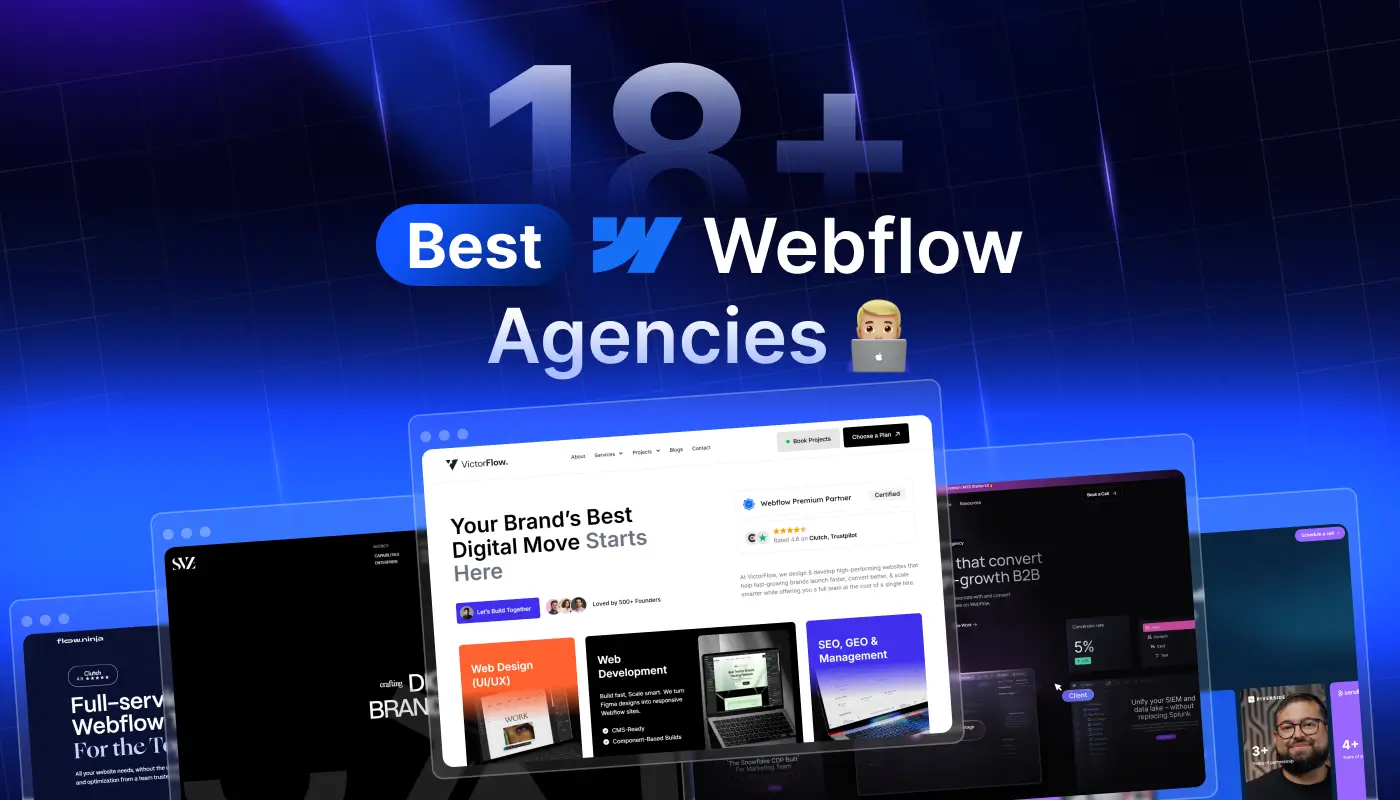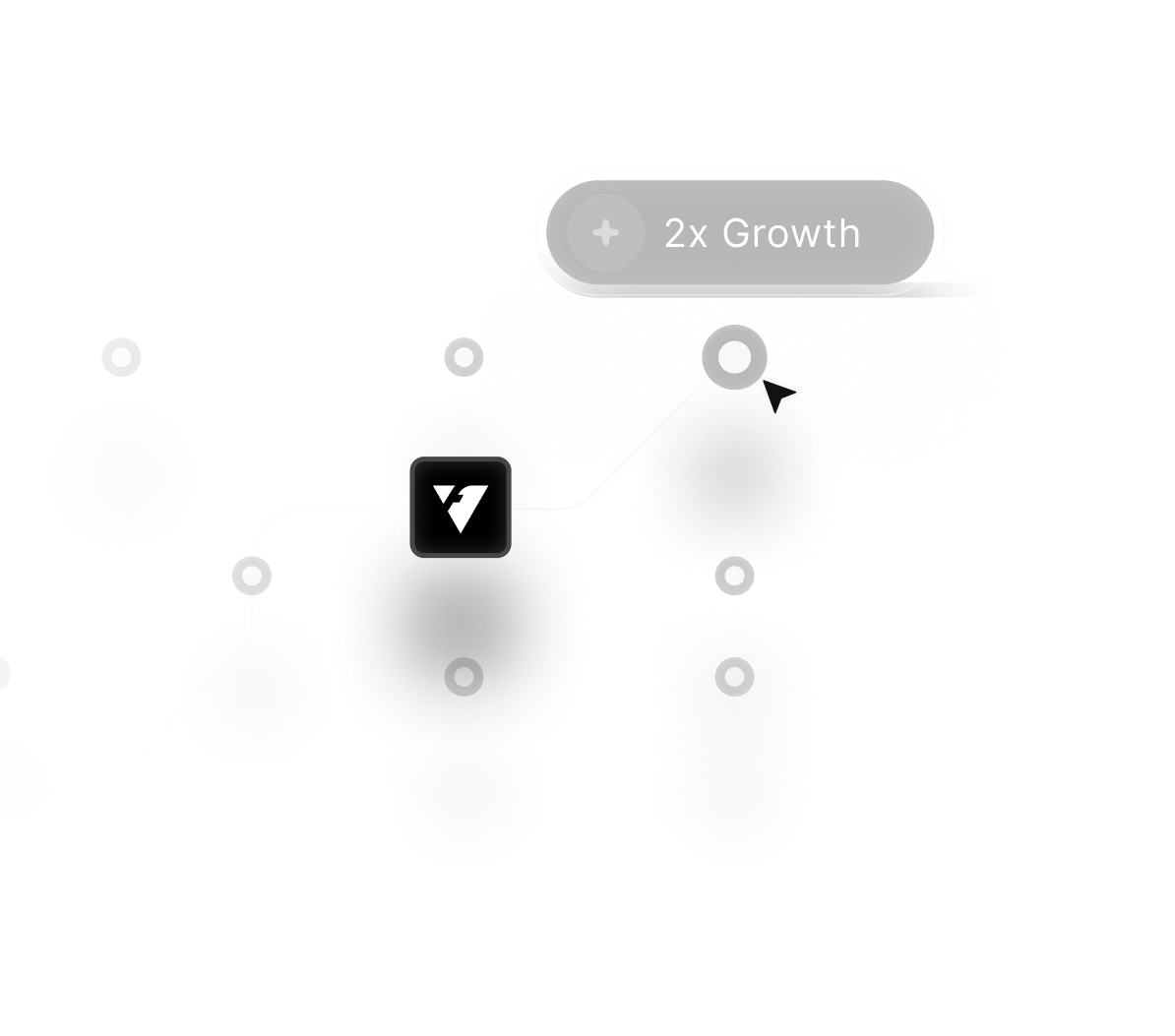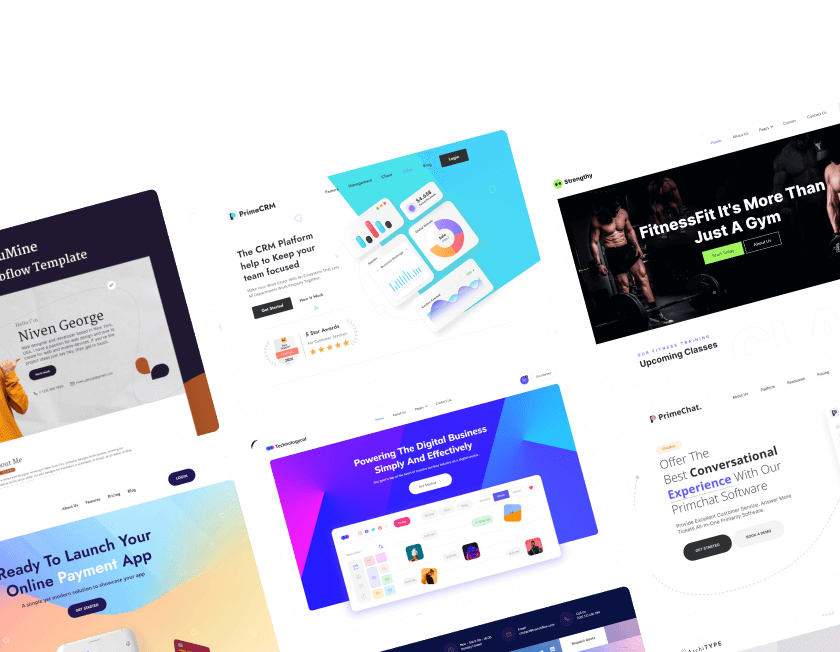October 10, 2025
On-Demand Design Service Trends and Predictions in 2025

Global design demands continue to rise as brands pursue faster delivery and tailored creative experiences across platforms. On-demand services provide instant access to professional teams who handle complex projects for businesses of every size.
Flexible models enable companies to experiment with new styles and test fresh ideas while keeping costs predictable. Advanced AI tools integrate into design processes to speed production and enhance visual quality for modern audiences.
Collaboration platforms now allow real-time feedback and smooth project management across different global locations. Data-driven strategies help designers refine user experiences and achieve higher engagement through measurable results.
Brands benefit from continuous trend tracking, ensuring creative work stays relevant to shifting consumer expectations. New pricing structures make it easier for startups to access premium design talent without long-term commitments.
Sustainability becomes a priority as designers incorporate eco-friendly practices into digital production pipelines. On-demand services redefine creative possibilities by merging technology, flexibility, and human expertise seamlessly.
"Schedule a zero-cost design audit to identify powerful improvements aligned with 2025."
Table of Contents
- On-Demand Design's Future
- Impact of On-Demand Design on Industry
- Technology For On-Demand Solutions
- Future of On-Demand Design
- Maximizing Design Reach with 2025 Strategy
- On-Demand Designers' Impact in 2025
1. On-Demand Design's Future
On-demand design is an idea that developed as a result of the changing character of the workforce and technological advancements. Hiring a full-time designer has become less appealing for many companies because it can be costly and not always essential. On-demand design has become a feasible option with the rise of freelancing and freelance platforms.
- On-demand design refers to the ability to access design services when you need them, without having to hire a full-time designer. This can include everything from logo design to web development to UX/UI design. The flexibility and convenience of on-demand design services make them an attractive option for many businesses.
- One area where on-demand design has become particularly important is in the field of UI/UX design. UI/UX design refers to the process of designing the user interface and user experience of digital products, such as websites and mobile apps. It involves creating a design that is both functional and visually appealing, to make the product easy to use and engaging for the user.
- On-demand designers who specialize in UI/UX can provide businesses with expert advice and guidance when creating digital products. They can help to ensure that the product is designed with the user in mind, taking into account factors such as usability, accessibility, and aesthetics. By using on-demand design services for UI/UX, businesses can ensure that their digital products are of high quality and have the best chance of success in the marketplace.
Looking toward the future of design, it is clear that on-demand services will continue to play a significant role in shaping the industry. As businesses become more reliant on digital products and services, the demand for high-quality design will only continue to grow. On-demand design services offer a flexible and convenient solution to this demand, allowing businesses to access the design services they need when they need them, without having to commit to a full-time designer.
2. Impact of On-Demand Design on Industry
The rise of on-demand design has disrupted the traditional model of graphic designers' creation and visual communication. This approach allows businesses to access a large pool of skilled designers who can deliver bespoke designs tailored to their specific needs, often in a fraction of the time it would take an in-house team or external agency.
- One of the key benefits of on-demand design is its ability to help companies save time and money. By using services like Figma, businesses can quickly create high-quality designs without investing in expensive software or hardware. Additionally, the on-demand design eliminates the need for businesses to recruit and train in-house teams or rely on expensive external agencies, which can be a significant cost-saving measure.
- Furthermore, the flexibility of on-demand design services allows businesses to scale up or down as needed, without being constrained by staffing and infrastructure limitations. This means that companies can respond quickly to changing market demands or project requirements, without having to worry about managing a large team of designers or investing in costly design infrastructure.
- Another advantage of the on-demand design is the improved quality of work produced by designers. With access to a diverse pool of skilled designers, businesses can choose the best designers for their specific needs, ensuring that their designs are of the highest quality. Additionally, on-demand design services often have stringent quality control measures in place to ensure that all designs meet the highest standards of excellence.
Overall, on-demand design has revolutionized the graphic and visual design industry by providing businesses with flexible, cost-effective, and high-quality design project services. As more and more companies embrace this trend, the on-demand design will likely continue to shape the future of design and visual communication.
3. Technology For On-Demand Solutions
In today's fast-paced world, businesses and customers alike have come to expect on-demand solutions. Customers want immediate access to products and services, while businesses require efficient and swift methods for satisfying these needs. Fortunately, modern technology has revolutionized the way we do business, enabling companies to meet these demands with ease.
- One significant example of technology that has transformed the business landscape is 3D printing. This technology enables companies to quickly and efficiently create customized products on demand. The traditional constraints of manufacturing, such as minimum order amounts and lengthy wait times, are eliminated with the help of 3D printing technology.
- With 3D printing, businesses can create unique products that are tailored directly to the requirements of each client. This level of customization is unparalleled in traditional manufacturing methods, which often require large production runs of standardized products.
- The benefits of 3D printing technology extend beyond just customization. It also provides manufacturing flexibility that can save time and money. For instance, companies can create complex shapes and designs that would be difficult or impossible to produce using traditional manufacturing methods. This increased flexibility can also reduce waste and lower production costs.
Overall, the emergence of on-demand solutions powered by cutting-edge technology such as 3D printing has changed the way businesses operate. Companies that embrace these technologies can stay ahead of the curve and better meet the needs of their customers in today's fast-paced world.
4. Future of On-Demand Design
The future of on-demand design is set to undergo significant changes in the coming years. One of the most critical trends is the seamless integration of user interface (UI) and user experience (UX) design. In the past, these two fields were treated as separate disciplines, with different experts handling each aspect of design. However, businesses are now recognizing the importance of creating a holistic digital experience that seamlessly combines both UI and UX design elements.
With the rise of mobile technology, customers are looking for personalized and enjoyable digital experiences. The on-demand design has emerged as a solution to meet this demand, offering customized design solutions that cater to individual needs.
- On-demand designers must be able to deliver high-quality work quickly to meet the fast-paced demands of the industry. This requires technical expertise and creativity, as UI and UX designers must work together seamlessly to create designs that not only look good but also function well.
- As such, hybrid designers with skills in both UI and UX are likely to be in high demand in the future. These designers will be able to provide businesses with comprehensive design solutions that offer a seamless user experience across all digital platforms.
- The integration of UI and UX design will be critical in delivering a personalized and engaging user experience that meets the needs of modern consumers.
Artificial intelligence (AI) is another trend critical factor shaping the future of on-demand design. AI can help automate certain design processes, allowing designers to focus on more creative aspects of their work. For example, AI algorithms can analyze user data to suggest design changes that can improve the user experience. AI can also help designers create more personalized designs by analyzing user behavior and preferences.
In conclusion, the future of on-demand design is likely to be characterized by the seamless integration of UI and UX design and the increasing role of AI. As businesses continue to recognize the importance of providing a personalized and enjoyable digital experience for their customers, the demand for on-demand designers with hybrid skills is likely to increase.
5. Maximizing Design Reach with 2025 Strategy
Design is a crucial element in today's business landscape, and it has a significant impact on user experience (UX) and user interface (UI). It is the first point of contact between your business and potential users, setting you apart from your competitors, and conveying your brand values. With the increasing digitalization of businesses, design has emerged as an essential tool for creating a lasting impression on customers. As we approach 2025, companies must adopt a strategic approach to maximize their design reach.
- One way to achieve this is by focusing on UX optimization. This involves understanding the needs and preferences of end-users, identifying pain points in current designs, and enhancing their experience through thoughtful design solutions.
- The ultimate goal should be to create intuitive interfaces that guide users seamlessly through every industry step of their journey with your product or service. By optimizing UX design, companies can increase user engagement, loyalty, and satisfaction, leading to greater business success.
- Staying updated with emerging trends in UI/UX design is another critical aspect of maximizing design reach. The digital landscape is constantly evolving, and new design trends and technologies are emerging all the time. Companies that stay ahead of the curve in terms of design will be able to provide better user experiences and stand out in a crowded market. Some of the latest UI/UX design trends include minimalism, dark mode, 3D graphics, and voice UI.
In conclusion, design is a critical factor in shaping user experience and interface, and companies must take a strategic approach to maximize their design reach. By optimizing UX design and staying updated with emerging trends in UI/UX design, companies can create intuitive interfaces, enhance user experience, and achieve greater business success.
6. On-Demand Designers' Impact in 2025
As technology continues to advance and consumers become increasingly discerning about their digital experiences, the design industry is facing new challenges and opportunities. On-demand designers have emerged as a powerful force in this context, offering companies quick access to skilled professionals through platforms like Figma. This trend is expected to continue and expand in the coming years, with on-demand designers having an even greater impact on the field.
- One of the most significant benefits of hiring on-demand designers is their expertise in the user interface (UI) and user experience (UX) design. These skills are crucial for creating digital products that not only look great but also provide an excellent user experience.
- As more businesses move online, having an effective UI/UX design strategy will be critical for success. On-demand designers can bring a fresh perspective and new ideas to a company's design approach, helping them stand out from the competition and connect with their target audience in meaningful ways.
- Another advantage of working with on-demand designers is their flexibility. Companies can hire them as needed for short-term projects or ongoing work, depending on their needs. This approach offers significant cost savings, as companies can avoid the expense of hiring a full-time designer, paying benefits, and other costs associated with a permanent employee. Instead, they can tap into a pool of talented professionals on an as-needed basis, scaling up or down as required.
- On-demand designers can also bring a broader range of skills and experience to a project than an in-house designer might have. They often work with a variety of clients and projects, giving them exposure to different industries, design challenges, and solutions. This experience can translate into fresh insights and creative solutions that might not be possible with an in-house team.
The rise of on-demand designers represents a significant shift in the design industry, as companies look for new ways to stay competitive in an increasingly digital world. As this trend continues, companies that embrace on-demand designers and incorporate them into their design strategies are likely to be the ones that thrive in the years to come.
Conclusion
Clients secure stronger outcomes when projects adapt to market changes through on-demand design partnerships. Agile teams consistently meet demanding schedules while maintaining premium creative quality for every deliverable.
Predictable pricing gives decision makers confidence to scale design investments as growth opportunities appear. Global access to designers ensures fresh perspectives and diverse visual strategies for competitive advantage.
Continuous trend monitoring keeps client campaigns aligned with evolving user expectations and industry standards. AI-enhanced tools streamline processes, reducing errors and accelerating creative turnaround times effectively.
Flexible contracts allow businesses to test bold concepts without fear of long-term financial commitment. Client engagement improves as collaborative tools create transparent communication and fast project approvals.
According to 2025, on-demand design services combine speed, strategy, and forward-thinking creativity to produce quantifiable value.

FAQ
1. What key trends define on-demand design services in 2025?
Major trends include AI-driven tools, flexible pricing, global collaboration, and eco-friendly design practices.
2. How can small businesses benefit from these emerging services?
Scalable plans let startups access top talent quickly, test ideas affordably, and adjust resources as needed.
3. Will AI replace human designers in on-demand models?
No, AI supports efficiency but human creativity remains essential for strategy, aesthetics, and emotional impact.
4. Are on-demand design teams reliable for high-security projects?
Yes, reputable providers follow strict data protection policies and secure communication protocols.
5. What pricing models are becoming popular in 2025?
Subscription-based, per-project, and hybrid packages dominate, allowing flexible budgeting and predictable costs.
6. How do on-demand services ensure trend relevance for clients?
Teams track industry updates, apply data insights, and use rapid testing to keep designs fresh and impactful.
Table of Contents
Choose Our Service, Grow Fast!
Follow Us
Related Posts

Want to create a Webflow website? We review the leading Webflow design and development agencies that can help you achieve great results.
Want to create a Webflow website? We review the leading Webflow design and development agencies that can help you achieve great results.


December 17, 2025
Boost your search rankings using these 5+ essential SEO content optimization tools that improve visibility, enhance on-page SEO, and drive organic traffic.
Boost your search rankings using these 5+ essential SEO content optimization tools that improve visibility, enhance on-page SEO, and drive organic traffic.


Build a polished SaaS MVP website in minutes using a free Framer template that offers clean structure, responsive components, and effortless customization.
Build a polished SaaS MVP website in minutes using a free Framer template that offers clean structure, responsive components, and effortless customization.

Ready to Scale Your Project to the Next Level?
Let's take your project to new heights, reach out and see how we can help you.




















